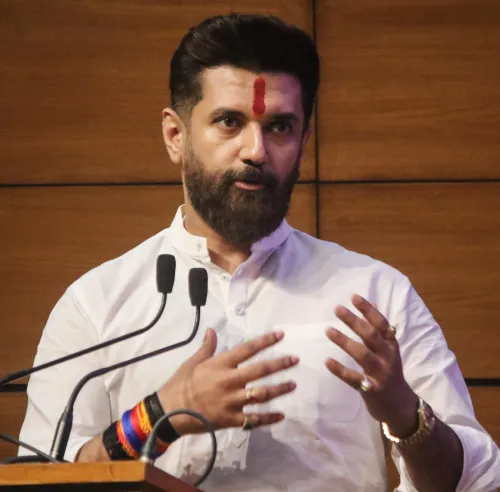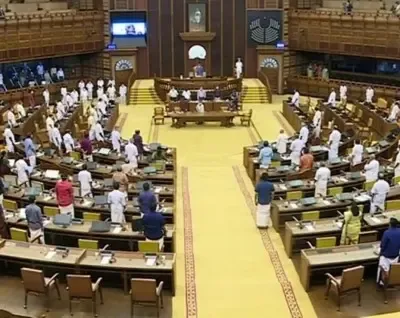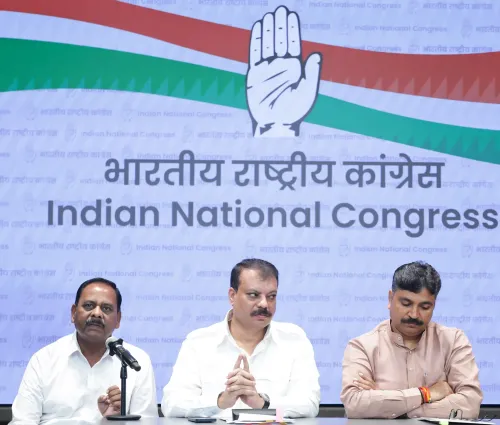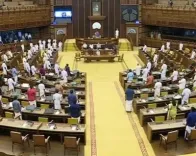Is India Really the 'Tariff King' as Trump Claims?
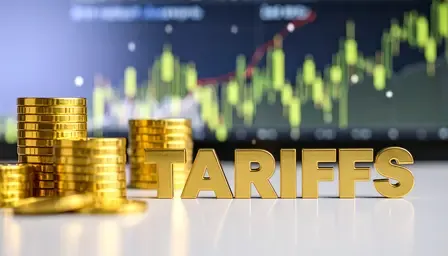
Synopsis
Key Takeaways
- India's simple average tariff is 15.98%, but the trade-weighted average is only 4.6%.
- Most high tariffs apply to sectors with low import volumes.
- A large portion of imports enter duty-free due to special schemes.
- India's tariffs are lower than many countries, including Vietnam and Indonesia.
- In the 1990s, India's tariffs were as high as 80.9%.
New Delhi, Aug 5 (ANS) While US President Donald Trump has referred to India as a "tariff king", this assertion fails to align with the actual trade statistics and global benchmarks against other nations. The simple average tariff in India sits at around 15.98 per cent, but the trade-weighted average—offering a more accurate reflection of duties levied on traded goods—is merely 4.6 per cent, according to data from the World Bank. This figure is significantly lower than the common perception.
The trade-weighted average tariffs take into account the actual duties paid in relation to trade volume.
Most of India's elevated tariffs are directed towards sectors with minimal import volumes, such as agriculture and automobiles. On the other hand, the majority of US exports to India—such as pharmaceuticals, energy products, machinery, and chemicals—encounter much lesser duties, usually falling between 5-8 per cent, according to official statistics.
A major segment of India's imports is duty-free, facilitated by various initiatives like Special Economic Zones (SEZs), Export-Oriented Units (EOUs), and Free Trade Agreements (FTAs).
In the fiscal year 2023-24, India imported goods valued at over $42.2 billion from the US. Approximately 75 per cent of this trade was concentrated in only 100 key product categories, most of which faced low or negligible tariffs.
For instance, the import duty for crude oil and LNG is only Rs. 1.1 per tonne and 2.75 per cent, which accounts for 18.25 per cent of US imports to India.
In the case of industrial machinery, a tariff of 7.5 per cent constitutes 9.75 per cent of imports. Coal, with a 5 per cent duty, contributes 8.8 per cent of imports, while medical equipment duties range between 5 per cent and 7.5 per cent, representing a 4.6 per cent share of imports.
Aircraft and parts are subjected to a mere 2.5 per cent tariff, making up 3 per cent of total imports, and fertilizers, with tariffs of 7.5 per cent to 10 per cent, account for 1 per cent of imports, per official information.
When compared to other nations, both developed and developing, India's tariff rates are not particularly extreme, according to sources.
With a weighted average of just 4.6 per cent, this is lower than countries like Vietnam (5.1 per cent) and Indonesia (5.7 per cent), and is almost equivalent to the European Union (5 per cent).
In 1990, India's average tariff was a staggering 80.9 per cent. Following economic reforms in the early 1990s, these tariffs were gradually decreased to 33 per cent by 1999. By 2023, India's simple average tariff had further decreased to 15.98 per cent, with the trade-weighted average resting at 4.6 per cent.
India's regulatory and safety standards are generally less stringent compared to countries such as the EU, Japan, or China.
Conversely, the US imposes significantly high duties on numerous essential products. Many of these tariffs exceed 100 per cent and apply to a variety of goods, including dairy, agriculture, textiles, and automobiles, reflecting entrenched domestic issues akin to those experienced in countries like India.


